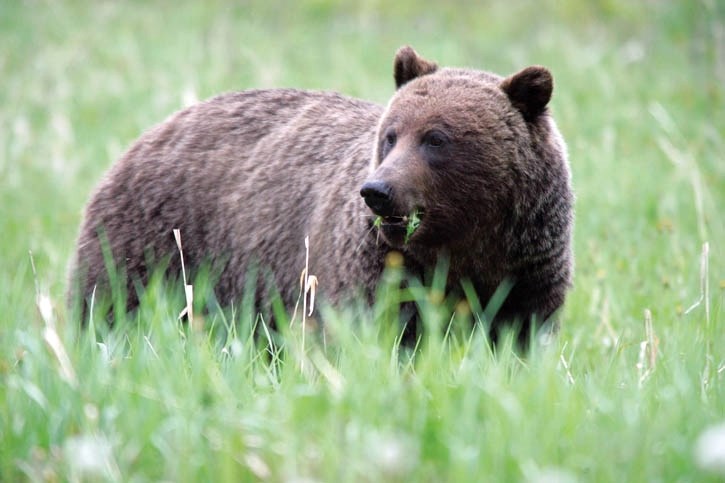BANFF – Social media tagging can come with hefty consequences when it puts a spotlight on special places or sensitive wildlife.
Every time an exact location of wildlife, plants or stunning scenery is tagged on the many social media or nature identification apps, crowds follow – and a local conservation organization worries this visitation can lead to unintended pressure and environmental harm.
While it does allow more people to become involved in nature watching, Bow Valley Naturalists (BVN) says attracting too many people to special bird habitats or other sensitive wildlife and vegetation sites can lead to the loss or disturbance of the very thing people want to enjoy.
“The growing concern is that social media reporting of interesting wildlife observations or incidents makes it really easy for people to home in on those species or those incidents… and it could lead to some unnecessary disturbance,” said Peter Duck, president of BVN.
“That could be just an interesting bear observation at the side of the road, for example, the white bear, which very quickly kind of led to potential harassment in that case, but it could be a rare bird, a nesting scenario or just something that is generally interesting to people.”
Having offered a few words of caution, BVN encourages its own members and other nature observers to record observations in scientifically-curated databases instead of social media sites.
In addition, people are asked to use the location masking functions on apps like iNaturalist to hide specific locations of observations that could lead to disturbance. Legitimate researchers or the app administrator can always contact the person for more detailed information.
Duck said these citizen science platforms are becoming important to scientists for documenting biodiversity in general and for documenting the presence and absence of species of interest in locations of interest, including species at risk.
He said these sites provide quick access to community knowledge of ecosystems for land managers and scientific researchers, noting both eBird and iNaturalist have already proven important tools when conducting or reviewing environmental impact assessments in Banff National Park.
“It’s starting to become more helpful for scientists to have these observations recorded, but something like delaying a special bird observation a day or more allows that organism to move on and not necessarily be disturbed,” said Duck.
“Where you have scientists curating the quality of information on a credible database, but also they have functions for obscuring the observation if it is of a sensitive nature – nesting site or sensitive plant – you can still record the actual location but the public doesn’t get access to that.”
Other regions are taking action to encourage responsible nature watching and ethics of enjoying natural spaces.
With two national parks on its doorsteps, Jackson Hole, Wyoming, started championing a new environmental initiative called Tag Responsibly, asking people to skip the specific location tag, and instead share the photo using a generic location tag that was created.
In New Zealand, a tongue-in-cheek campaign has been launched, which shows a member of the ‘social observation squad’ cracking down on visitors who are deemed to be ‘travelling under the social influence’. It aims to encourage visitors to stop taking social media photos at overrun tourism hotspots.
With a booming population in Calgary, visitation to protected places like Banff National Park and Kananaskis Country continues to increase, with Banff seeing more than 4.1 million a year and K-Country reaching more than 5.4 million in 2020 – the highest it has ever been.
BVN says that causes challenges.
“When we have more and more people in close access to our protected areas, whether Kananaskis or Banff or elsewhere – with good intent to home in on those locations – and if they’re not necessarily experienced with interacting with wildlife it could lead to some unnecessary disturbance,” said Duck.



